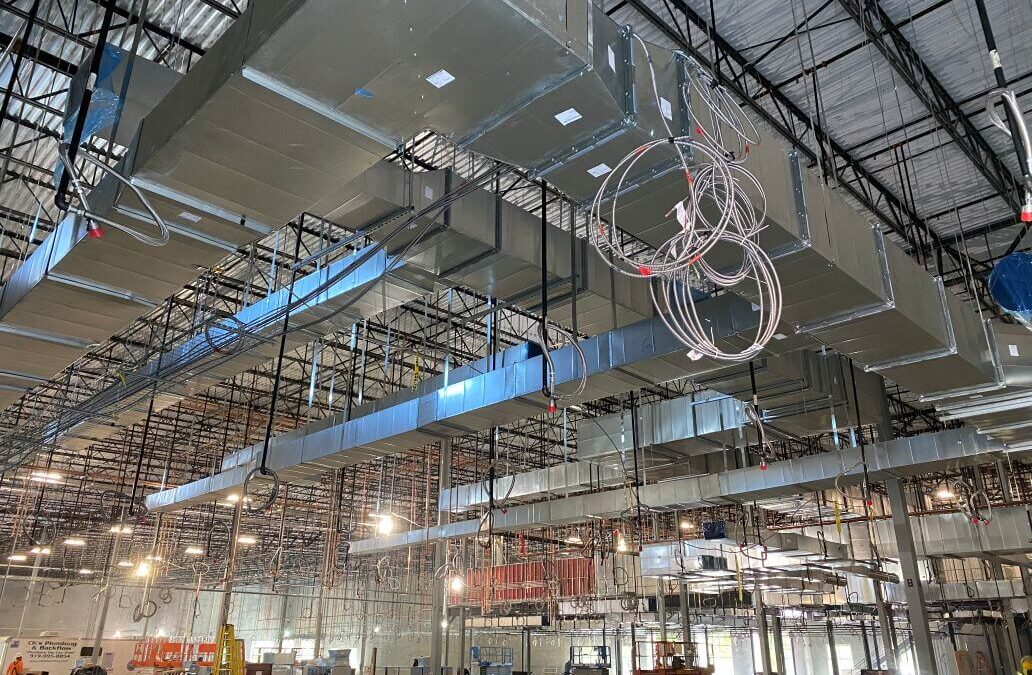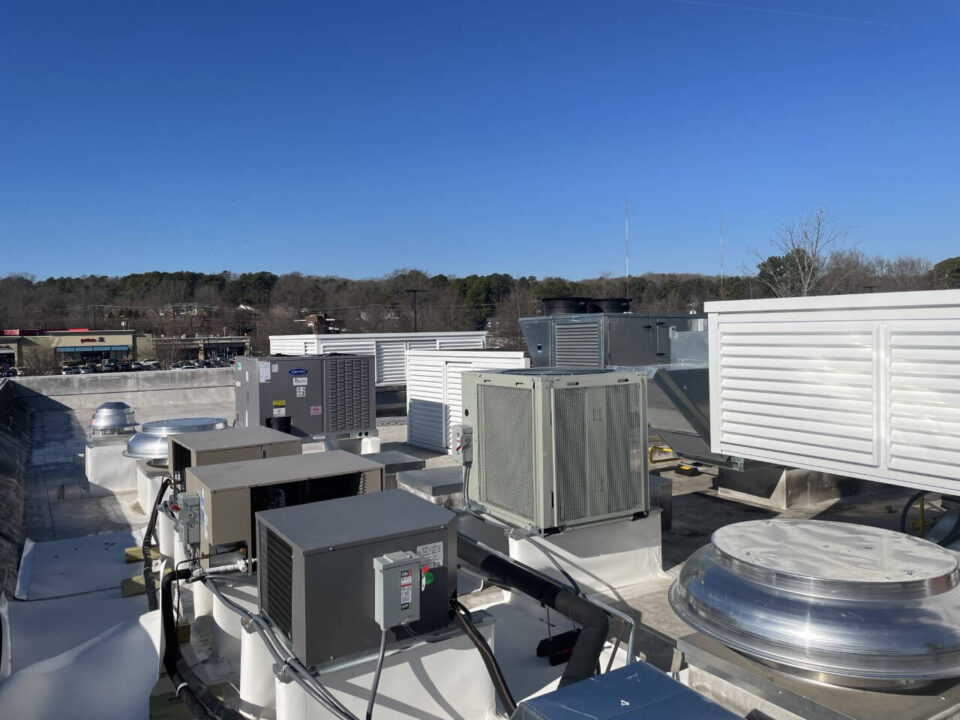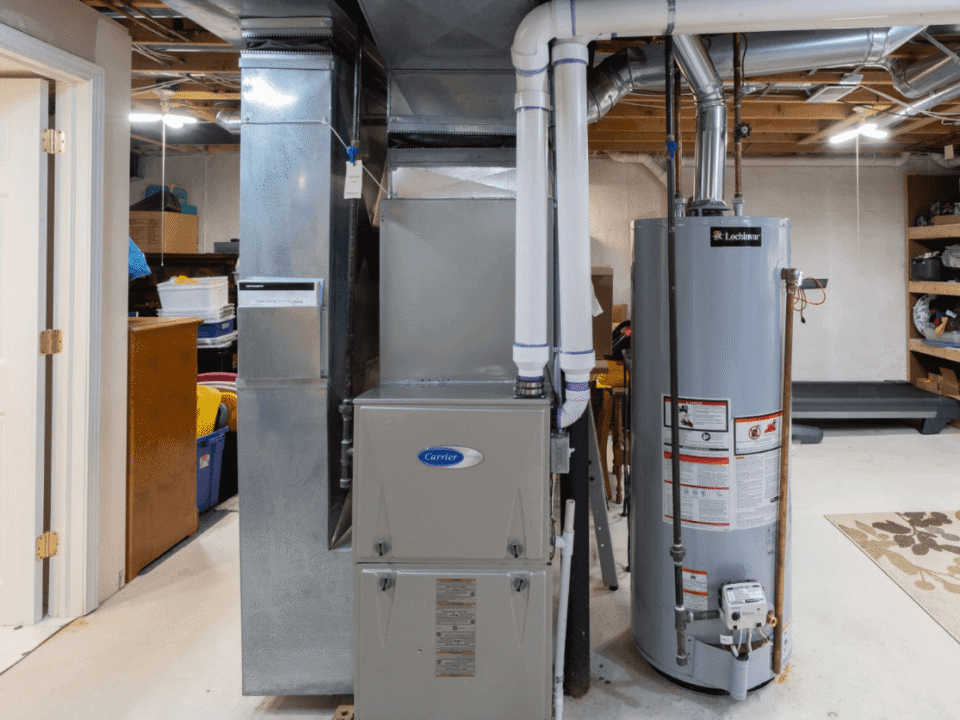
How to Fix Poor Airflow in Your HVAC System
November 6, 2025Duct Cleaning: Best Practices for Healthier Indoor Air
Breathe easier indoors with duct cleaning
Professional duct cleaning is a vital yet overlooked step in maintaining a clean and efficient HVAC system. Whether you manage a commercial property or own a home in the Triangle, understanding the best practices for duct cleaning can make a world of difference for your air quality, energy efficiency, and overall wellbeing.
Why Duct Cleaning Matters
Your air ducts act as the lungs of your property. Every time your HVAC system runs, it pulls air through return vents, conditions it, and redistributes it throughout the space. Over time, dust, pet dander, pollen, mold spores, and even bacteria can accumulate inside the ductwork. If left unchecked, this buildup can:
- Circulate allergens and pollutants throughout your home or business
- Exacerbate asthma, allergies, and other respiratory conditions
- Restrict airflow, making your HVAC system work harder and increasing utility costs
- Create unpleasant odors
- Provide a breeding ground for mold and pests
Regular duct cleaning ensures that your HVAC system delivers clean, healthy air to every corner of your space.
When to Schedule a Duct Cleaning
We typically recommend that homeowners should schedule duct cleaning every 3–5 years. However, certain conditions may warrant more frequent service:
- Renovations or Remodeling: Construction dust, drywall debris, and insulation fibers can quickly clog ducts.
- Mold or Mildew Smells: Persistent musty odors can indicate mold growth in the ductwork.
- Visible Dust Buildup: Excessive dust on vents, registers, or returns may mean your ducts need attention.
- Increased Allergy Symptoms: Sneezing, coughing, or respiratory irritation may point to dirty ducts.
- New Home Move-In: Especially if the previous owners had pets or smoked indoors.
For commercial buildings, air duct cleaning should be part of a regular IAQ (Indoor Air Quality) maintenance program, often performed annually or semi-annually.
The Duct Cleaning Process: Step-by-Step
Professional duct cleaning is more than just vacuuming out dust. Our reputable HVAC company follows a proven, industry-standard process to ensure every inch of ductwork is properly cleaned and sanitized.
- Initial Inspection: Technicians begin with a comprehensive visual inspection using specialized cameras or borescopes. This diagnostic approach ensures that the cleaning process is customized to your home or business needs.
- System Protection and Preparation: Before cleaning begins, vents, floors, and furnishings are covered to protect against debris. The HVAC system is turned off and sealed off from the cleaning zone to maintain proper pressure and airflow during the process.
- Negative Air Pressure Setup: Professionals connect a HEPA-filtered vacuum system to the ductwork, creating negative pressure. This ensures that loosened dust and contaminants are safely pulled into the vacuum instead of being released back into the indoor environment.
- Agitation and Dislodging Debris: Using specialized tools, technicians dislodge stubborn buildup from the duct walls, registers, and diffusers. This process thoroughly cleans both the supply and return sides of the system.
- Sanitization and Mold Treatment: If microbial growth is detected, an EPA-approved disinfectant or antimicrobial agent is applied. This kills bacteria, mold spores, and other harmful organisms that can affect indoor air quality and health.
- Final Inspection and Airflow Testing: After cleaning, the ducts are inspected again to ensure they are debris-free. Airflow is measured to verify that the system is performing efficiently. The HVAC filters are also checked and replaced if necessary.
Best Practices for Maintaining Cleaner Air Ducts
Even after a professional cleaning, you can take several proactive steps to keep your ducts cleaner for longer.
- Change Air Filters Regularly: Replace or clean filters every 1–3 months. High-efficiency filters, such as HEPA or MERV 11–13 rated, can trap smaller particles and prevent buildup in ducts.
- Seal Leaky Ducts: Air leaks can draw in dust, pollen, and insulation particles from attics or crawl spaces. Duct sealing not only improves air quality but also boosts HVAC efficiency by reducing energy loss.
- Keep Vents and Returns Clean: Vacuum and wipe vents regularly to prevent dust accumulation from entering the system.
- Control Indoor Humidity: Use a dehumidifier or whole-home humidification system to maintain balanced moisture levels. Excess humidity promotes mold growth inside ducts.
- Schedule Regular HVAC Maintenance: Annual tune-ups ensure that coils, fans, and other components stay clean and efficient, minimizing the dust and debris that can enter ducts.
Conclusion: Breathe Easier with Professional Duct Cleaning
Clean air ducts mean cleaner air – and that’s something every home and business in Raleigh deserves. By investing in professional duct cleaning and following best practices for ongoing maintenance, you can improve indoor air quality, reduce health risks, and keep your HVAC system running smoothly year-round.
If you’re ready to take control of your indoor air quality, contact our Raleigh HVAC specialists today for a comprehensive duct cleaning service.



